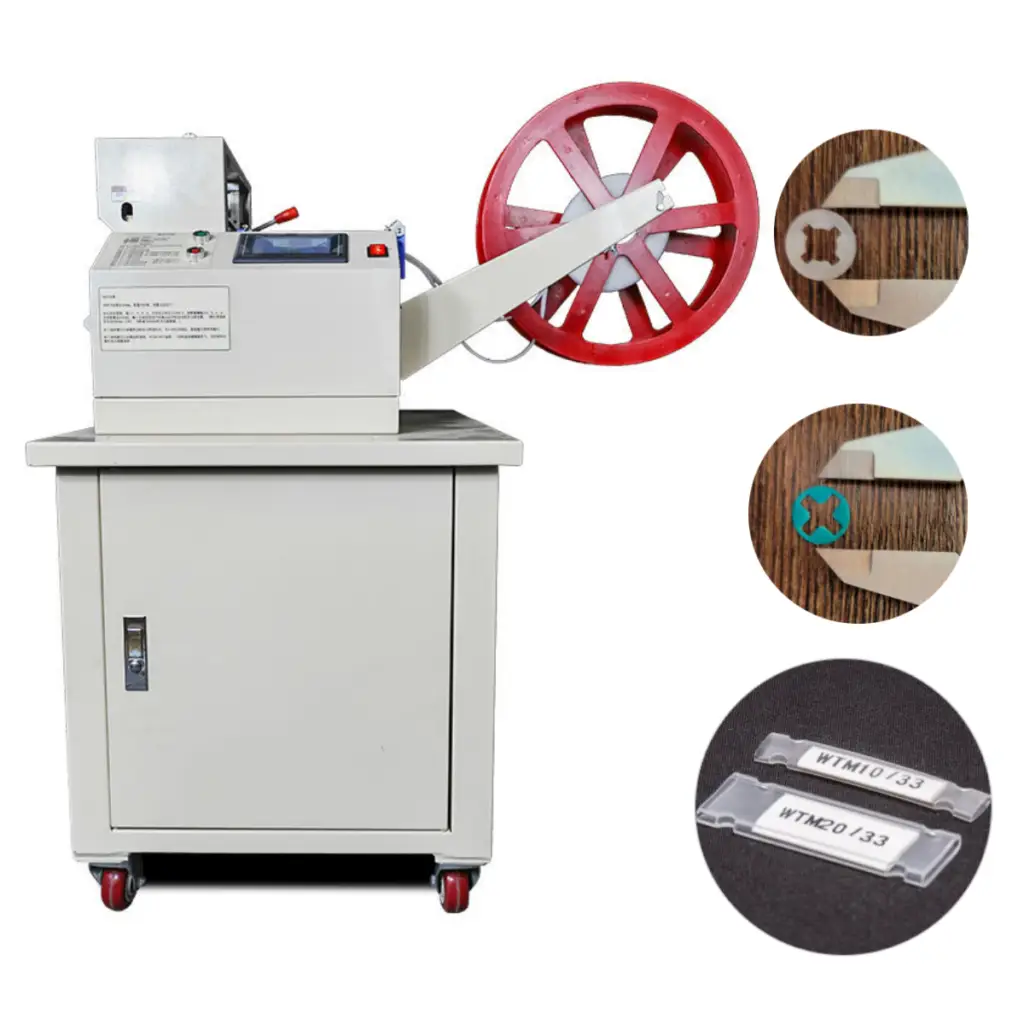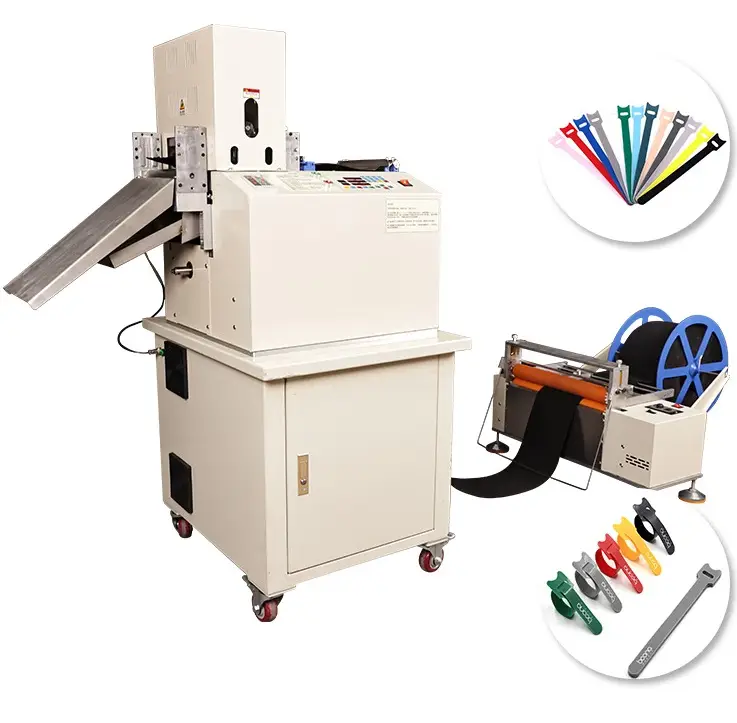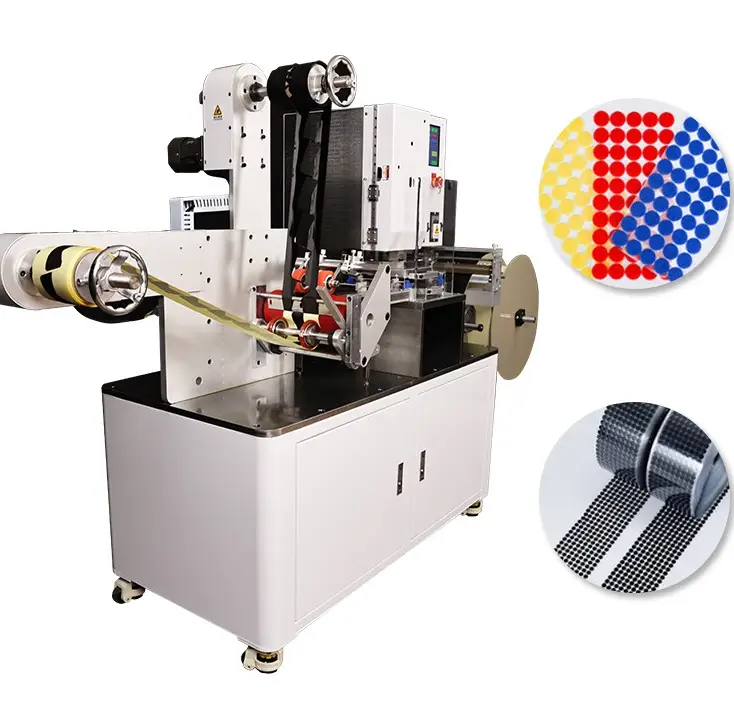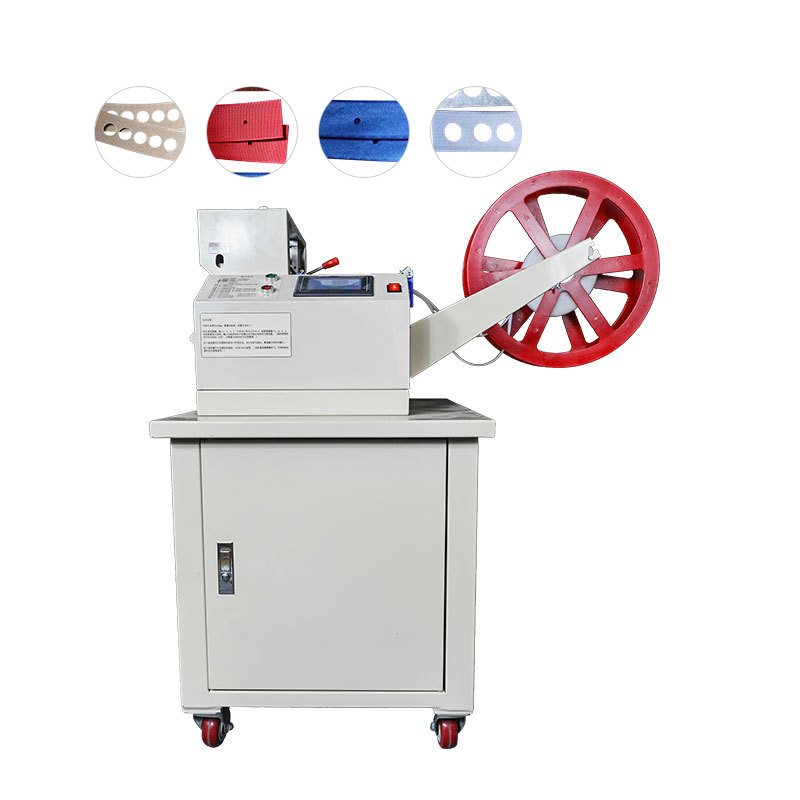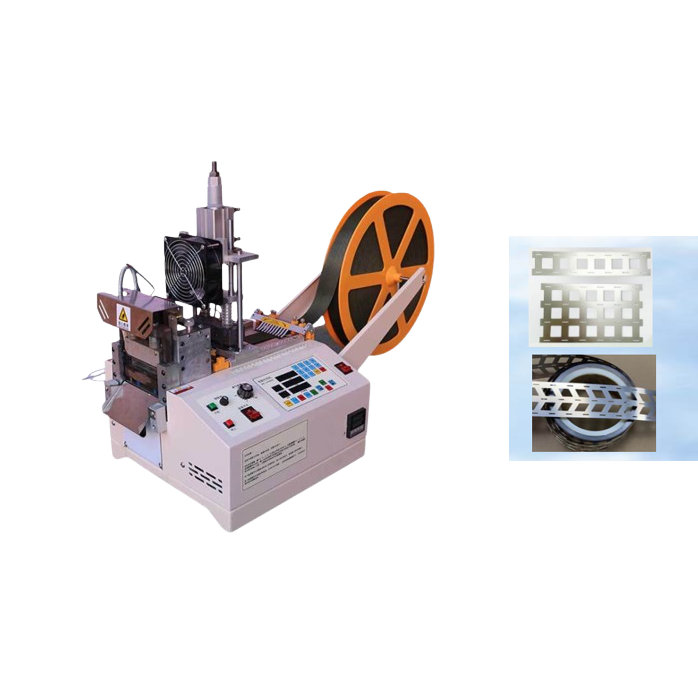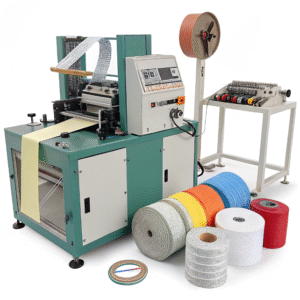What safety precautions should be taken when operating a Velcro cutting machine?

Cutting machines can be dangerous—one mistake can lead to serious injuries or fire hazards.
Operators must follow strict safety protocols, including wearing protective gear, keeping hands clear of blades, and ensuring regular machine checks to avoid accidents.
Operating a Velcro cutting machine safely requires strict adherence to protective protocols, proper handling techniques, and routine maintenance. Below are essential safety guidelines to follow:
1. Wear Personal Protective Equipment (PPE)
- Safety glasses or goggles: Shield your eyes from flying particles during cutting.
- Cut-resistant gloves: Protect hands while handling blades or sharp edges.
- Hearing protection: Essential for loud machines to prevent long-term hearing damage.
- Respiratory protection: Recommended when cutting generates dust or fine debris.
2. Keep a Safe Distance from Blades
- Never place hands near the moving blade. Use tools or guides if adjustment is needed during operation.
- Avoid reaching over the blade path, even when aligning materials.
3. Maintain a Clean Work Area
- Remove scraps, dust, and clutter regularly to reduce tripping hazards and ensure material feeds smoothly.
- Keep all tools and materials organized to maintain focus and efficiency.
4. Routine Machine Maintenance
- Inspect the blade and components regularly for wear, damage, or looseness.
- Ensure the machine is grounded properly to avoid electrical hazards.
- Lubricate and tighten parts according to the manufacturer’s schedule.
5. Follow Proper Operation Techniques
- Operate the machine strictly as per the manual. Unauthorized modifications or usage can lead to accidents.
- Avoid forcing the material—let the machine perform the cut at its designed speed.
- Always cut away from your body to minimize injury risk in case of a slip or malfunction.
6. Additional Safety Practices
- Install a dust extraction system or wear a respirator to minimize inhalation risks.
- Know the blade position at all times, and never reach into moving parts.
- Turn off and unplug the machine before adjustments or maintenance.
- Double-check machine settings before operation to avoid incorrect cuts.
- Ensure all handles and moving parts are secure and clean, as loose components can create serious hazards.
Prioritizing safety not only protects the operator but also enhances efficiency, reduces downtime, and prolongs the lifespan of the Velcro cutting machine.
At Suzhou Haoxinhe Electrical Equipment Co., Ltd., we’ve helped clients reduce incidents by designing machines that are both efficient and safe—even in busy industrial settings.
What risks exist and how can they be minimized?
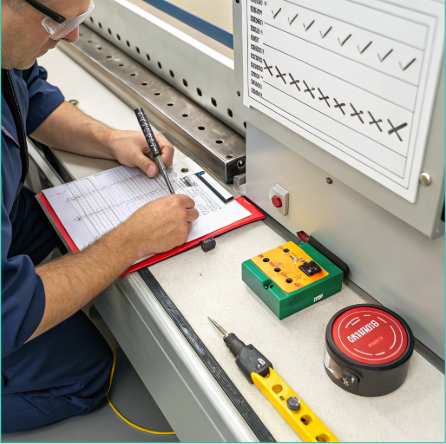
Velcro cutting machines use high heat, sharp blades, and automated feeding. All of these elements pose risks if mishandled.
Major risks include blade injuries, burns from heating units, material jamming, and electrical faults. These can be minimized through training, machine design, and routine inspections.
I’ve seen operators get injured or production halted—all because of skipped safety steps. Let’s break down each risk and how to prevent it.
⚠️ Common Risks in Velcro Cutting Operations
| Risk Type | Example | Result |
|---|---|---|
| Blade contact | Hand near moving blade | Cuts, amputations |
| Overheating | Faulty temperature control | Burns, fire hazard |
| Material jam | Misaligned feed | Machine damage |
| Electrical issue | Damaged wiring | Short circuit, injury |
🧤 Personal Protective Measures
Operators should wear:
- Cut-resistant gloves
- Heat-resistant sleeves
- Safety glasses (for foam or PVC-backed Velcro)
- No loose clothing or jewelry
These basic PPE items can prevent 90% of minor injuries, based on field reports from our European buyers.
🛑 Machine Design Safety Features
Suzhou Haoxinhe machines include built-in protections:
- Emergency stop buttons on all sides
- Protective blade guards
- Heat insulation on external surfaces
- Overload alarms for feeding motors
If your current machine lacks these features, it may be time to upgrade to something like our webbing ribbon cutting machine or hot and cold cutting machine—both come with full CE-certified safety systems.

📋 Operational Procedures to Reduce Risk
Operators must follow a standard workflow:
- Pre-check the machine – look for loose wires or debris
- Adjust blade and heat settings while the machine is OFF
- Feed material slowly for the first few runs
- Never reach inside while the machine is powered
Train new workers using a step-by-step checklist. We often include one with every shipment for our B2B clients.
🔌 Electrical and Fire Safety Practices
Velcro is made from synthetic material that can ignite under high heat. That’s why:
- Use grounded outlets and certified plugs
- Install fire extinguishers nearby
- Keep machines clean to avoid fiber buildup near heat sources
Our protective foam cutting machine and PVC edge banding cutting machine both include automatic power shut-off in case of overheating—crucial for long production shifts.
📅 Recommended Safety Schedule
| Task | Frequency |
|---|---|
| PPE Inspection | Daily |
| Blade guard check | Weekly |
| Electrical wiring inspection | Monthly |
| Fire drill / safety training | Quarterly |
I usually advise overseas clients to schedule safety audits at least once every 3 months. For buyers like Mark, who run multi-material operations, we offer remote machine diagnostics to catch safety risks early.

Conclusion
Velcro cutting can be done safely if you respect the risks and prepare your machine, environment, and team properly.
Insights
In my two decades helping factories scale up cutting operations, I’ve seen one painful truth: safety lapses are usually the result of overconfidence, not ignorance. One client in Turkey had a seasoned operator bypass the blade guard to “speed up production”—he ended up with a deep hand injury and two weeks of downtime.
Here’s something most operators overlook: synthetic materials like Velcro emit fumes when overheated. Without good ventilation, you’re not just risking burns—you’re exposing staff to respiratory hazards. That’s why our machines are built with external heat shielding and vent-ready frames.
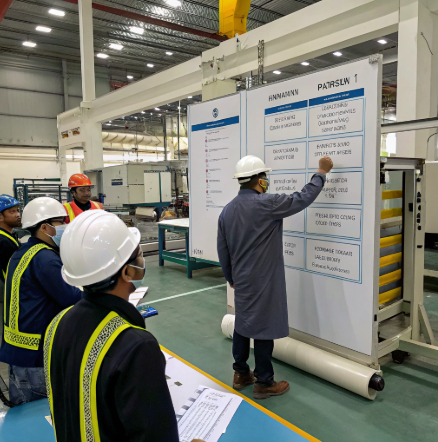
Another insider recommendation: label every emergency stop button in local language. We ship globally, so we include customizable signage for quick training and faster emergency response—especially important when teams include non-native speakers.
Finally, don’t just train workers once. Rotate safety roles weekly so more people stay familiar with procedures. In factories that follow this, incident rates drop by over 50%—we’ve seen it firsthand across multiple customer sites.
Safe operation is about more than compliance—it’s your insurance against production loss.
At Suzhou Haoxinhe Electrical Equipment Co., Ltd., we build machines with safety-first design: emergency stop buttons, blade guards, heat protection, and overload sensors. Our hot and cold cutting machines and webbing tape cutters are trusted by international clients to deliver not only precision, but also peace of mind. Safety isn’t optional—it’s part of the machine.
